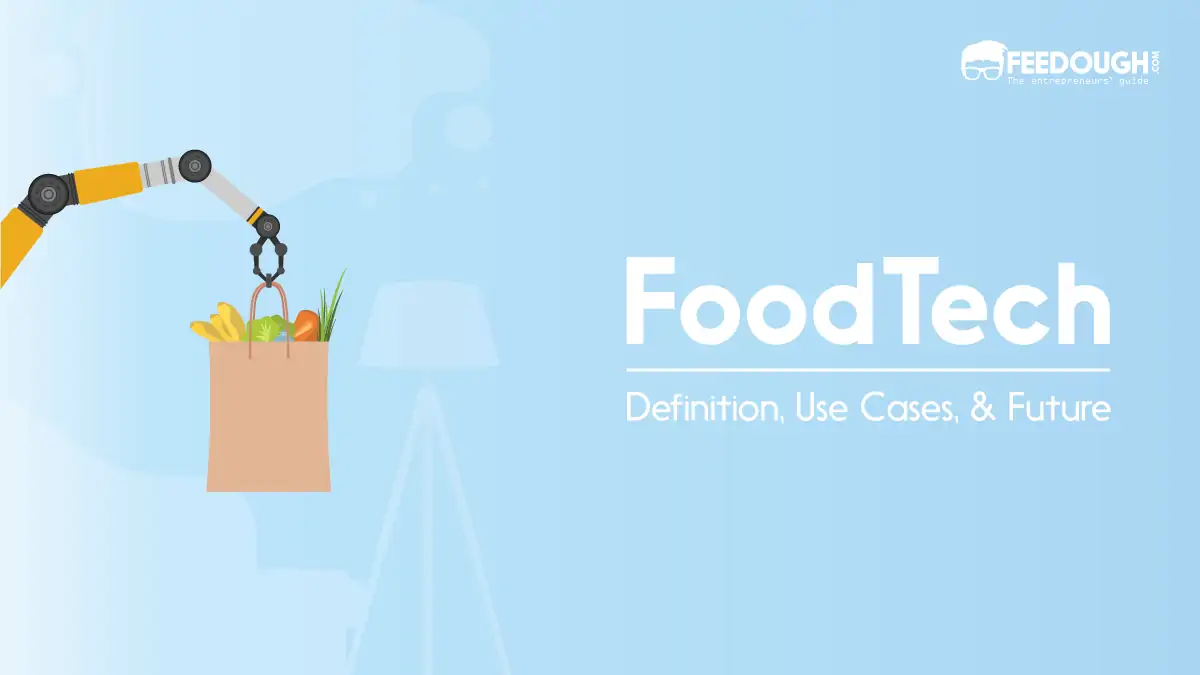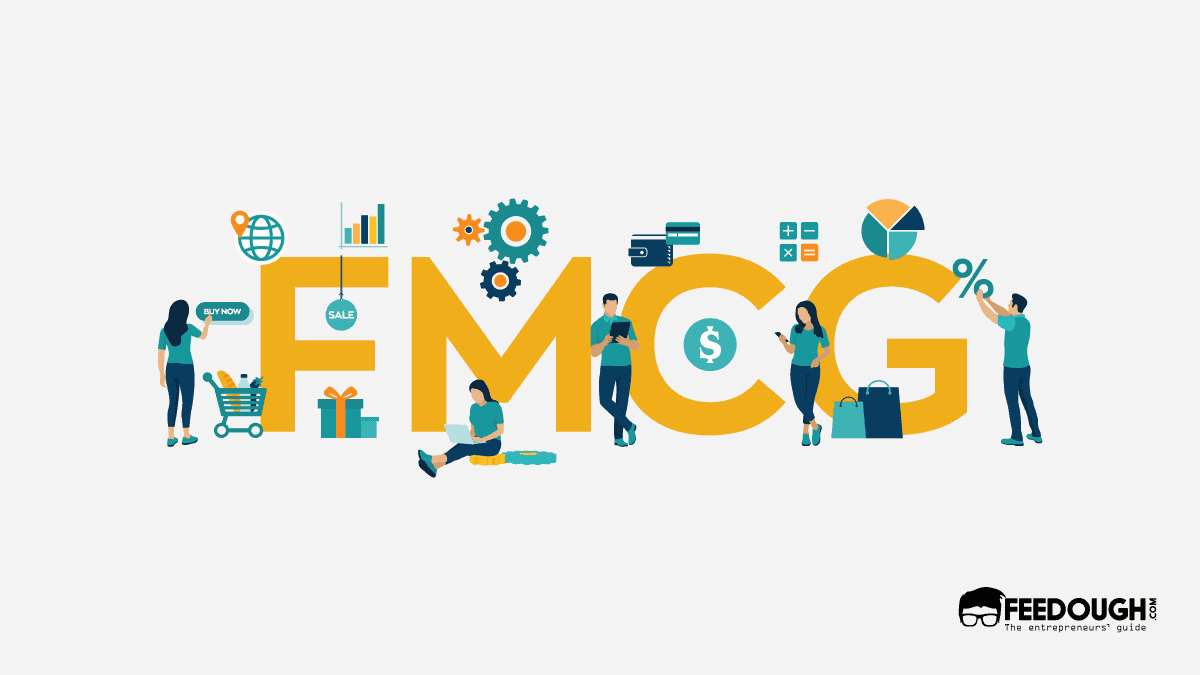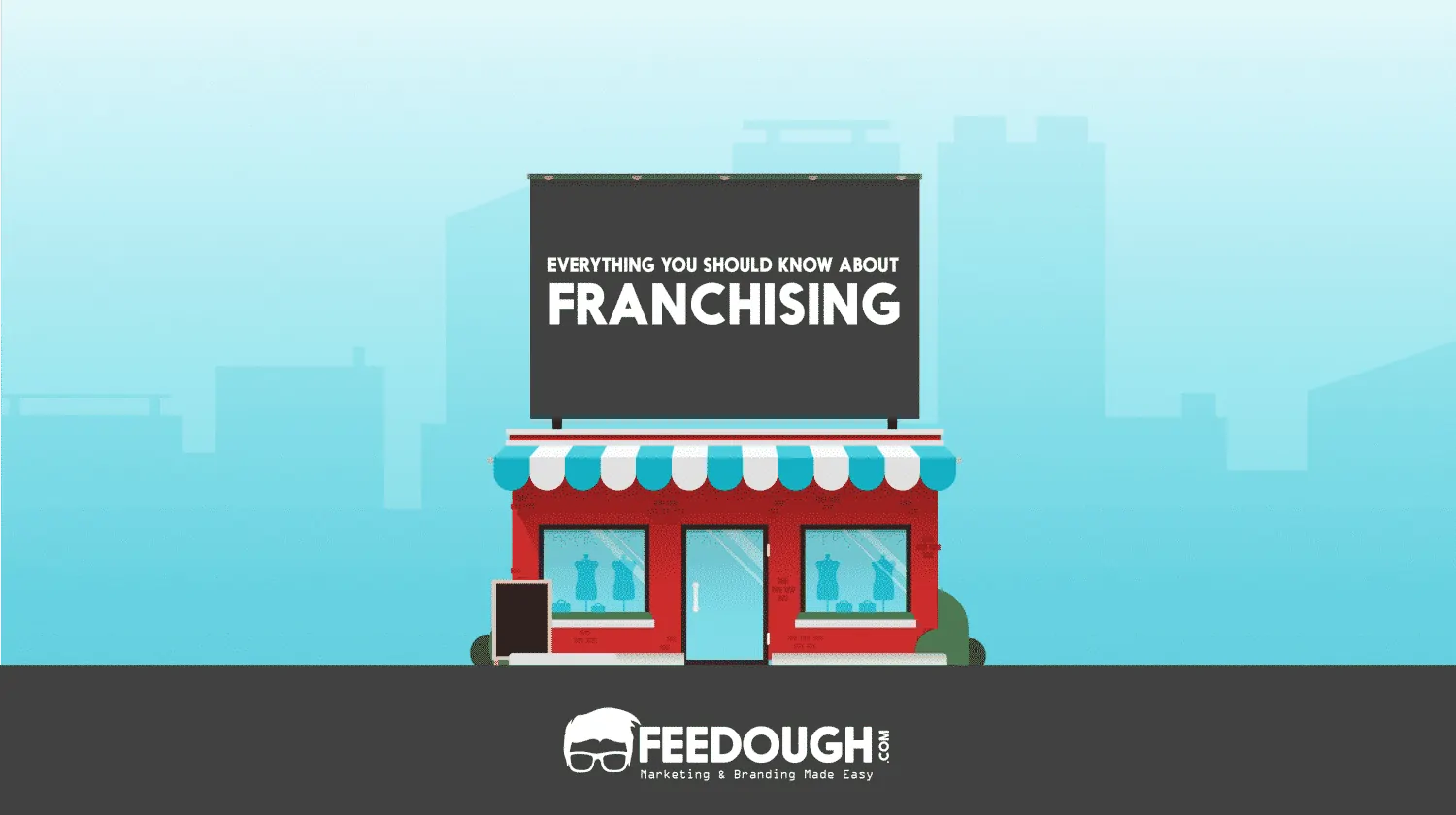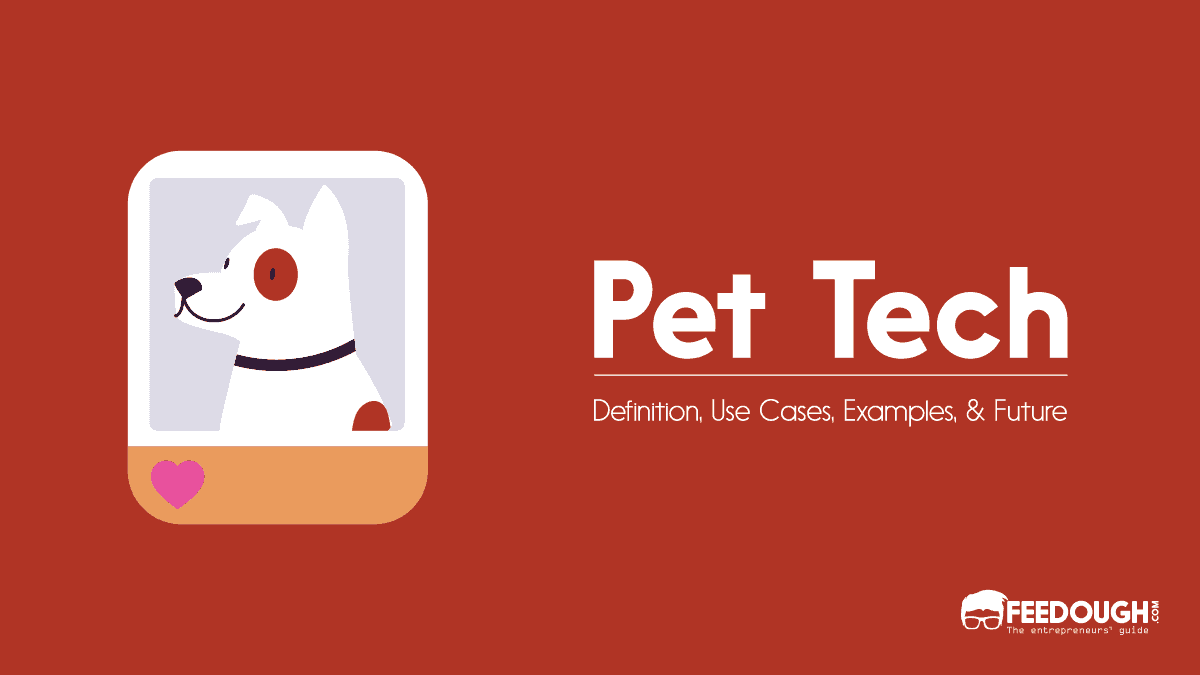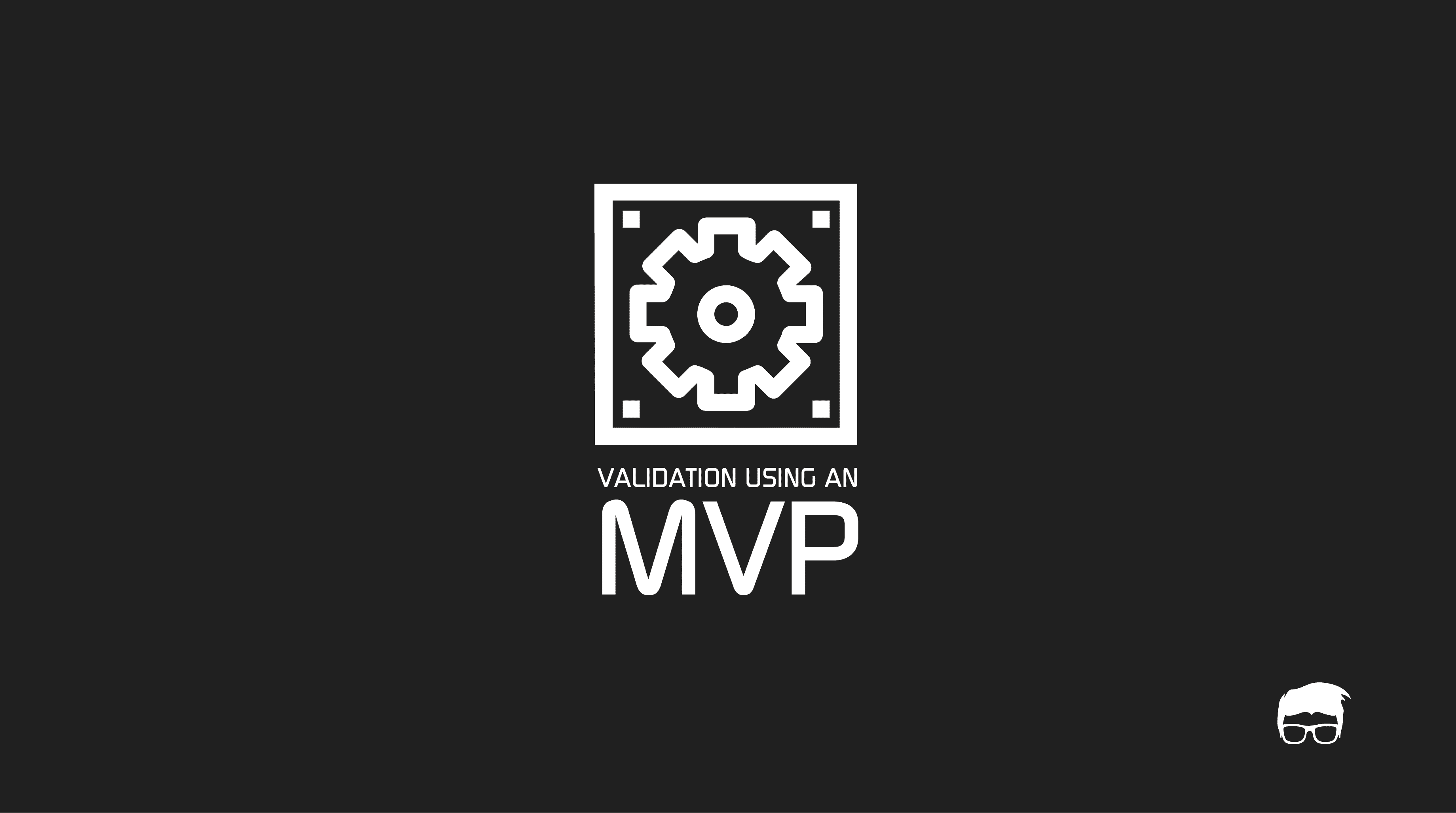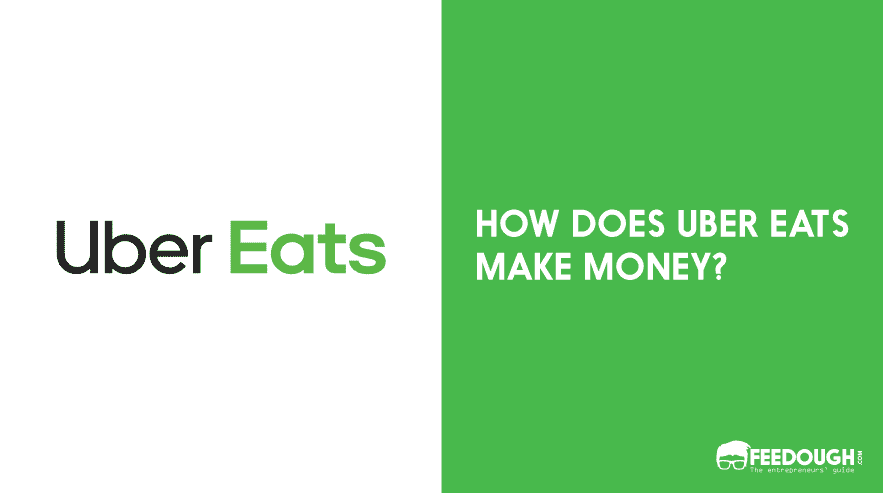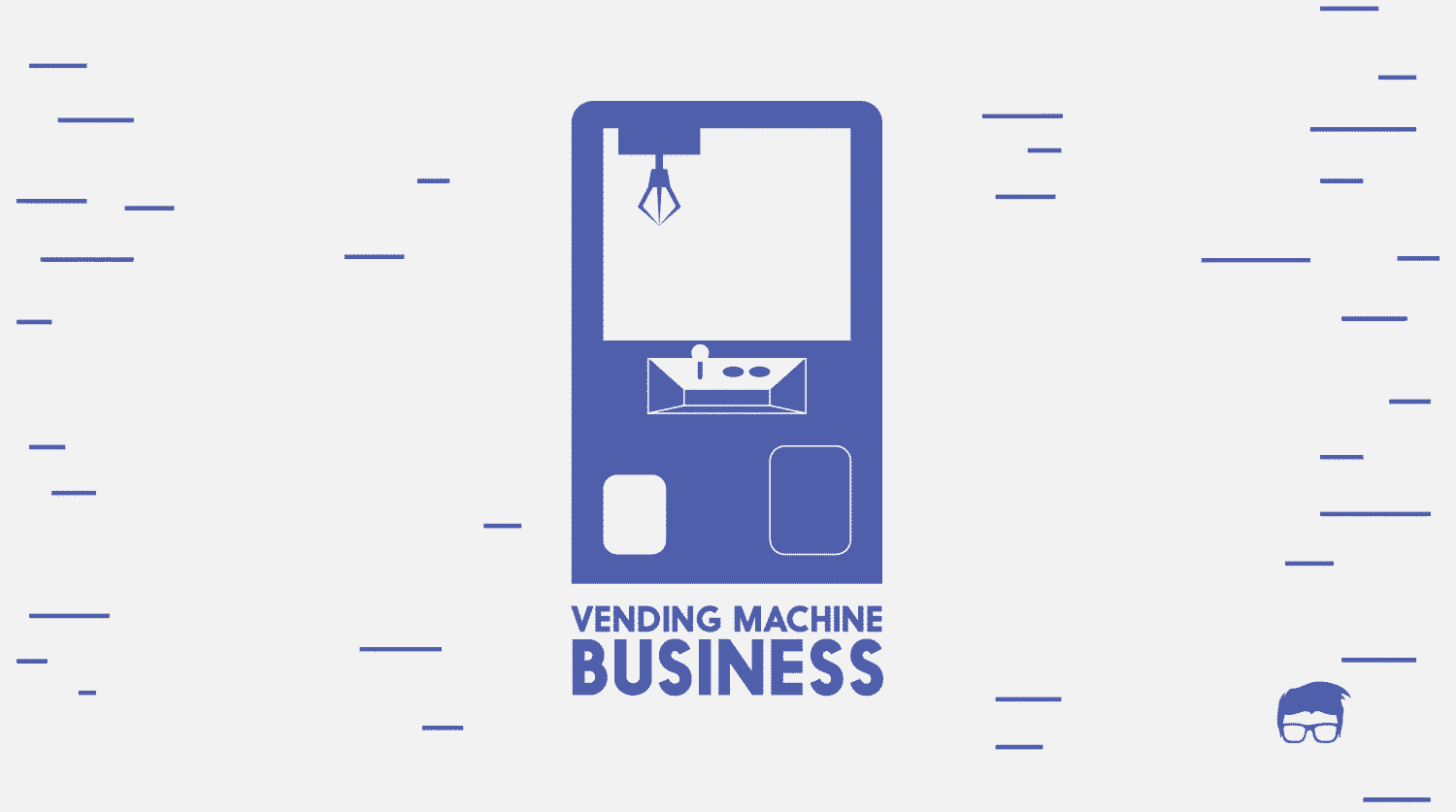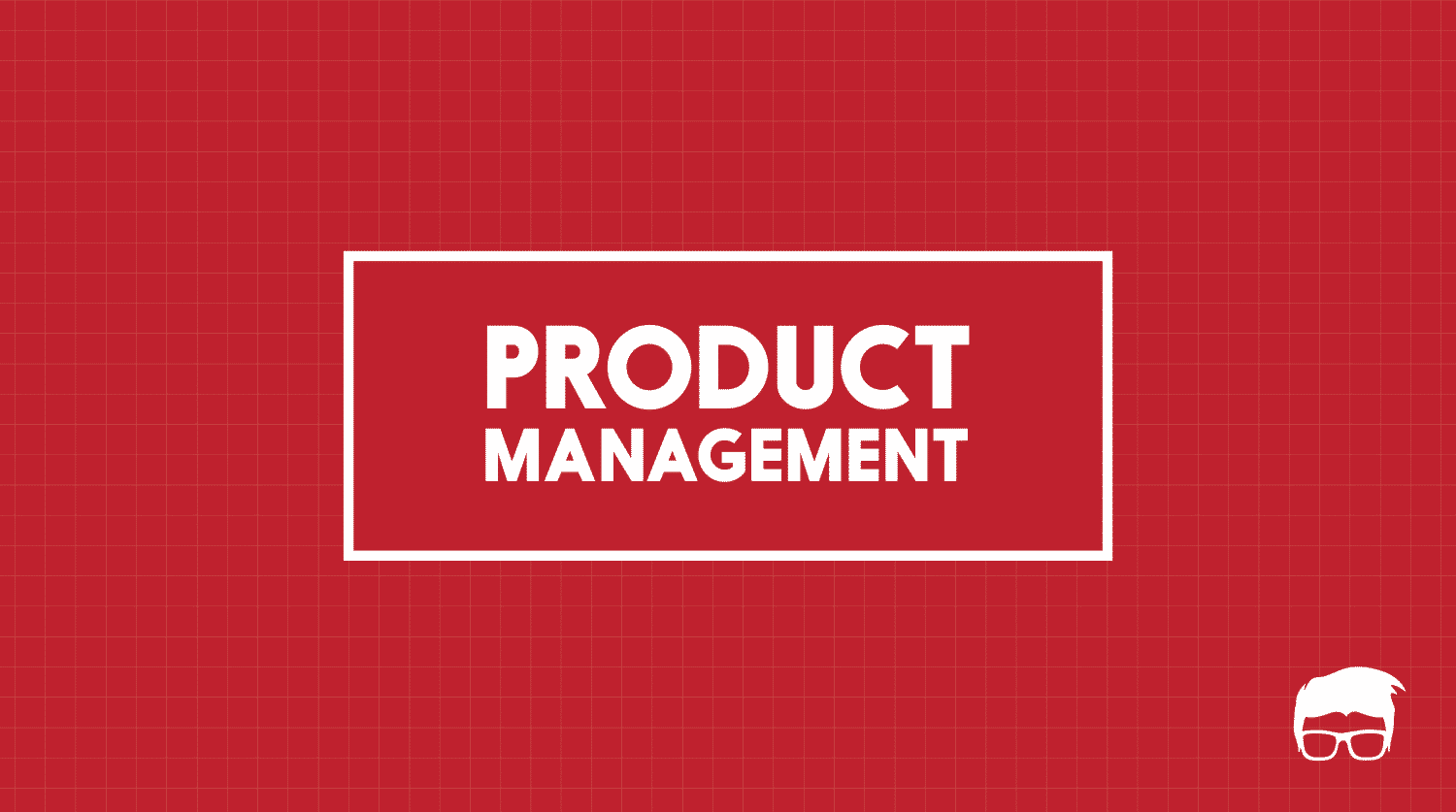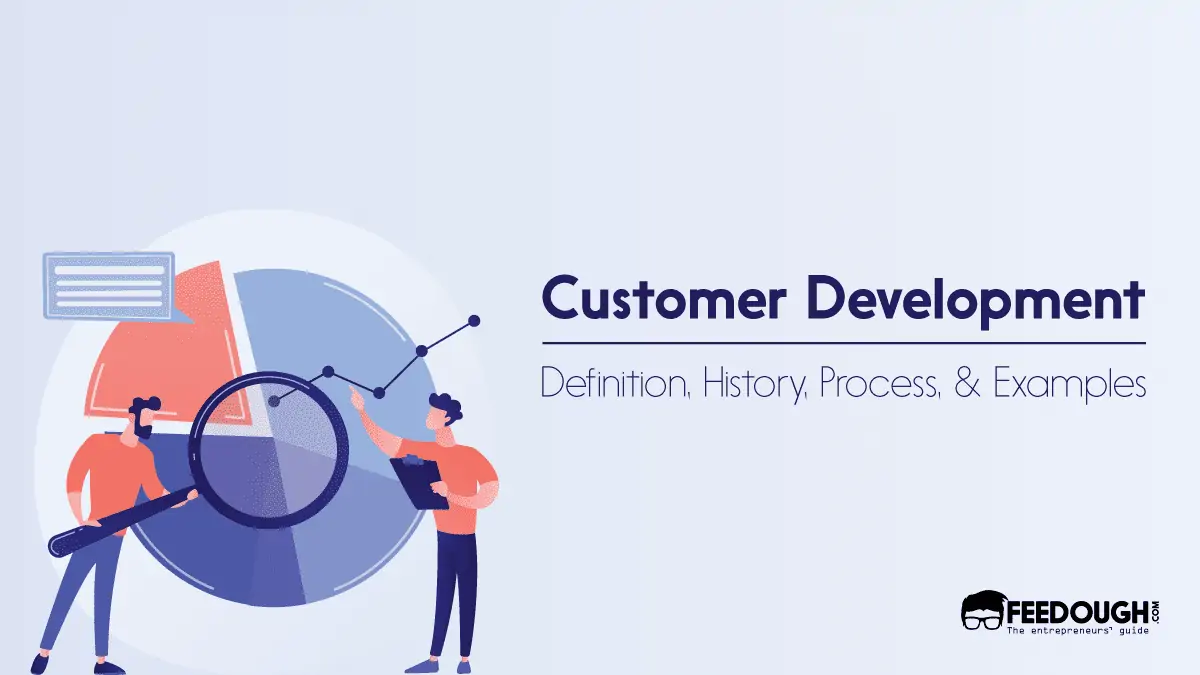Food and beverage products are a big part of any culture. Whether it’s a national dish or a local delicacy, people around the world love their food. Yet, up until now, the food and beverage industry has lacked the technology to fully automate coming up with new product ideas, finding a market fit, testing products, and scaling manufacturing and distribution. That’s because the food supply chain is notoriously slow, with many manual steps involved in every stage. It can take months – even years – for a new product to hit shelves. In fact, the average time spent to develop a new food product is around two years.
This is where foodtech found its disruption.
What Is Foodtech?
Foodtech or food technology is the usage of cutting-edge technologies to develop, manufacture, and distribute food products.
This includes everything from selection, preservation, processing, packaging, distribution, and use of safe food. It can also involve changing how consumers eat (e.g., meal replacement shakes) or how they interact with our food (e.g., lab-grown meat).
The application of food tech spans across a number of industries, including –
- Ingredients sourcing (e.g., Traceability)
- Food production (e.g., Lab-grown meat)
- Food processing (e.g., Frozen food)
- Food distribution (e.g., packaging)
- Food retail (e.g., Grocery stores)
- Supply chain (e.g., Restaurant POS systems)
Foodtech is an effective disruptor helping businesses, governments, and even customers overcome the food industry challenges.
Food Industry Challenges
The global food industry is made up of farmers, manufacturers, retailers, and consumers. It is a multi-trillion dollar market that keeps growing every year. Here’s a look at some of the major challenges faced by the food industry:
- Product Development: The food industry is highly competitive, and products need to stand out to get noticed. Also, new product development in the food industry involves creating entirely new products or reformulating existing products to suit new customer tastes. It involves the specialised study of disciplines like food processing and food research, which means it takes longer to develop a new product.
- Data Collection, Management, and Analysis: Food companies need to source data from across the value chain to make data-driven decisions. This involves collecting information from suppliers, manufacturers, retailers, and consumers. However, getting accurate data can be a major challenge in the food industry.
- Regulation: Regulations on what can and cannot be used in the food industry are constantly evolving. This makes it difficult for companies to know exactly what they’re allowed to use, where and when.
- Food Packaging: Food packaging is designed to protect the product inside, while also appealing to customers. It can also serve a marketing function. However, the food packaging we see today is heavier and uses more plastic than previous generations. Packaging is also a source of food waste, with 1 in 8 meals being wasted due to inadequate packaging.
- Production Costs: The cost of production is influenced by several factors, including land, water, energy, equipment, labour, and interest rates. In many cases, production costs for certain foods are higher than others.
- Consumer Taste Preferences: New products generally fail because they don’t match customer taste preferences. Companies need to understand what customers want before they invest time and money into new product development.
- Distribution: Distributors play an important role in the success of a new food product. However, it is extremely hard to get the product into the hands of consumers due to the complex and competitive food supply chain.
- Safety Standards: The FDA and other country-specific regulatory bodies ensure that products sold are safe. Products have to go through rigorous testing before they can be marketed. However, the lengthy testing process means that products take a while to get to market.
- Marketing: Like any industry, food marketing is about creating awareness, aligning the brand with the market, and driving sales. But in the food industry, there are additional considerations, like product safety and quality.
Foodtech Use Cases
Foodtech involves the use of various technologies to make the food supply more accessible and efficient. Some important foodtech use cases include:
- Food Production & Processing: The use of technology in the food production and processing sector allows for more efficient and effective farming, harvesting, manufacturing, and packaging methods. It also helps prevent food poisoning and improves the taste of the end product.
- Food Retail: With mobile apps and online ordering, consumers have more access to their favourite meals than ever before.
- Food Delivery: People can use food delivery platforms to place orders with local or online food vendors. From UberEats to DoorDash, the food delivery market is growing rapidly.
- Food Tech Logistics: Food suppliers and distributors can track products from farm to fork using the blockchain and other emerging technologies.
- Ingredient informatics: Companies now use big data to create new ingredients.
- Food Safety Technology: With the help of tech, it is now possible to identify food that might be unsafe to consume.
- Product Packaging: Innovative packaging solutions help preserve the freshness of produce, prolong shelf life and prevent damage during shipping. Technology even helps in producing packaging that doesn’t lead to pollution.
- Hyper-personalised food: Personalised food products are becoming more popular with consumers. From meal kit delivery services to ingredient recommendations, even food can be personalised now using AI.
- Diet trackers: There are trackers that help track what foods a user is eating and when. This data can then be used to plan their meals or ensure they’re getting all of the nutrients they need.
- Food sorting: Several startups have found a way to use AI to sort ingredients in food using just photos. It helps in warning a user about ingredients that may harm them.
- Reducing Food wastage: With advancements in sensors and blockchain, it’s now possible to automatically identify foods that went bad before they could be sold. This can help save money on unsold products.
- Improving Nutrition Labels: Numerous startups are creating tools that make nutrition labels more user friendly.
- Food matching: With the help of AI, it is now possible to suggest recipes to users based on their food preferences.
- Food Discovery: Platforms like Pinterest and Instagram make it easy for people to discover new foods. However, these platforms don’t curate the content very well.
- Personalised nutrition advice: With the help of AI, personalised nutrition plans are now a thing. These plans are usually designed by a human nutritionist and feature foods that are good for the customers.
Foodtech Startups & Companies
Here’s a list of some of the best foodtech startups disrupting the food industry by using technology.
Swiggy

Swiggy is a hyperlocal on-demand food delivery platform operating in India. The platform aggregates the restaurants on its applications and let the customers order food from the listed restaurants. Once ordered, the food is delivered by one of the delivery partners of Swiggy.
Agshift
Agshift is an AI-based foodtech startup focusing on building an autonomous food inspection system to reduce global waste. It uses its proprietary deep learning models with computer vision and IOT to aid autonomous quality assessment for food organisations.
Notpla
Notpla solves the problem of plastic packaging that pollutes the environment. The company develops packaging using material made from seaweed and plants that biodegrades in weeks, naturally.
JIMINI’S
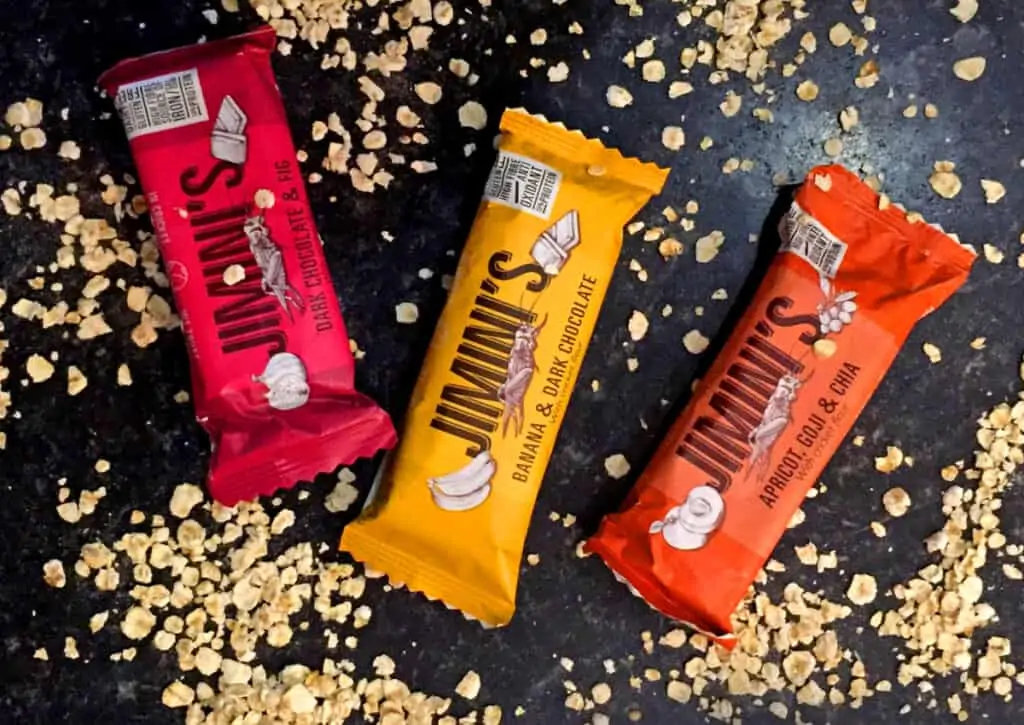
Jimini’s creates protein bars and snacks made of edible insects. The company’s mission is to reduce the environmental impact of food by using insect-based ingredients that require few resources to raise. Moreover, the company boasts that its product’s nutritional qualities are excellent.
Future of Foodtech
Food tech is one of the fastest-growing industries, with an estimated value of USD 342.52 Billion in 2027. Today, food companies use sensors, digital platforms, blockchain, and artificial intelligence to improve the quality and quantity of products. In the future, we can expect more innovations in the food industry, driven by customer demands and improvements in production processes.
Naturally, the value of the food tech market is set to grow exponentially.
Go On, Tell Us What You Think!
Did we miss something? Come on! Tell us what you think about our article on what is foodtech in the comments section.
A startup consultant, digital marketer, traveller, and philomath. Aashish has worked with over 20 startups and successfully helped them ideate, raise money, and succeed. When not working, he can be found hiking, camping, and stargazing.
